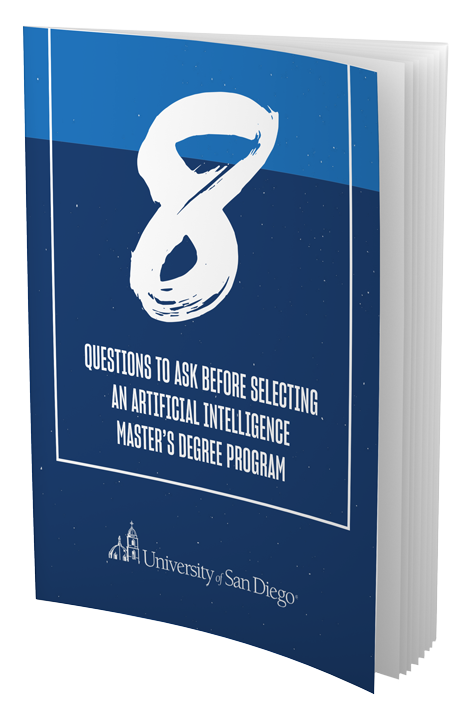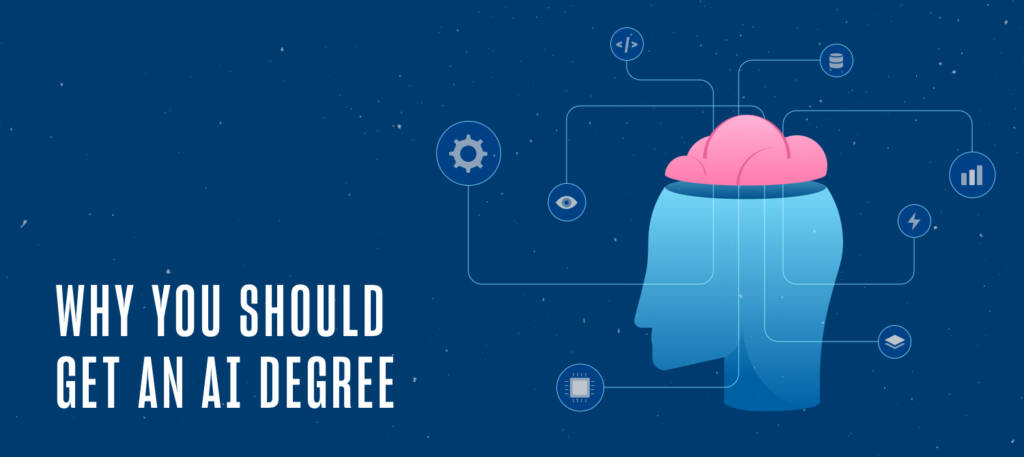The fast rise of artificial intelligence (AI) has created many opportunities, including entirely new careers that have evolved from traditional software engineering. Let’s explore machine learning engineering, a popular opportunity at the forefront of the field. Keep reading for a side-by-side comparison of roles, how to transition specialties from software engineer to machine learning engineer and next steps to take along this exciting new career path.
Software Engineering vs. Machine Learning Engineering
Software engineering and machine learning engineering exist in the same realm of AI, but there are important distinctions to be made between the two. Let’s take a look at some of the key components and requirements of each field.
Software engineering involves the design, development and maintenance of software systems. Engineering principles are used to create software solutions that are both reliable and scalable to meet a wide range of needs across industries. Projects that software engineers undertake range from mobile applications and web development to operating systems and large-scale enterprise software.
Software engineers are largely responsible for implementing new functionalities, which comes with clear goals and priorities. This type of unit testing is cut and dry, with a project deemed successful when there are no bugs.
Machine learning engineering is a specialized field that combines elements of software engineering and machine learning to develop systems that leverage AI algorithms. For example, recommendation systems, natural language processing and predictive maintenance systems are just a few deliverables provided by machine learning engineers.
Projects that machine learning engineers take on are unpredictable and experimental in nature. That means spending time analyzing failed projects is just as important as successful outcomes.
| Software Engineering | Machine Learning Engineering |
| – Spending substantial time coding – Success is clear; if a functionality works without bugs – Designing, developing and maintaining software – Creating mobile applications – Building operating systems – Scaling software as needed | – Taking experimental approaches – Building algorithms that power natural language processing – Creating predictive systems that understand user preferences – Researching and designing new AI applications |
Overlap in Software Engineering & Machine Learning Engineering
While there are many differences between the professions, there is also substantial overlap that makes both invaluable. The following are ways in which software engineers and machine learning engineers collaborate:
- Working together to identify a problem, define the scope and improve any system constraints
- Ensuring data pipelines are working efficiently within overall software architecture
- Developing and training machine learning models, then integrate models into a larger software system
- Contributing to testing and validating different functions of applications
How to Transition Between Engineering Roles
Continuous learning is crucial when it comes to careers in AI and engineering. For working professionals looking to switch roles or deepen an existing skill set, the University of San Diego offers an online master’s in applied artificial intelligence (MSAAI). The program includes a significant emphasis on real-world applications, ethics and social responsibility in engineering AI systems.
A background in science, math, engineering, statistics, healthcare, technology or similar studies is required, making software engineers strong candidates for the program. The curriculum not only covers hard and soft skills but also allows for practical experience through hands-on projects. Experimenting with different data sets and gaining industry experience enables students to build a strong foundation for future engineering.
| Hard Skills | Soft Skills |
| – Strong understanding of machine learning – Programming languages – Software development – Mathematics | – Ability to communicate with experts and non-technical stakeholders – Investment in continued education – Adaptability as the field continues to evolve |
Ready to explore MSAAI and all of the possibilities that come with it? Check out our free eBook, “8 Questions to Ask Before Selecting an Applied Artificial Intelligence Master’s Program.”




